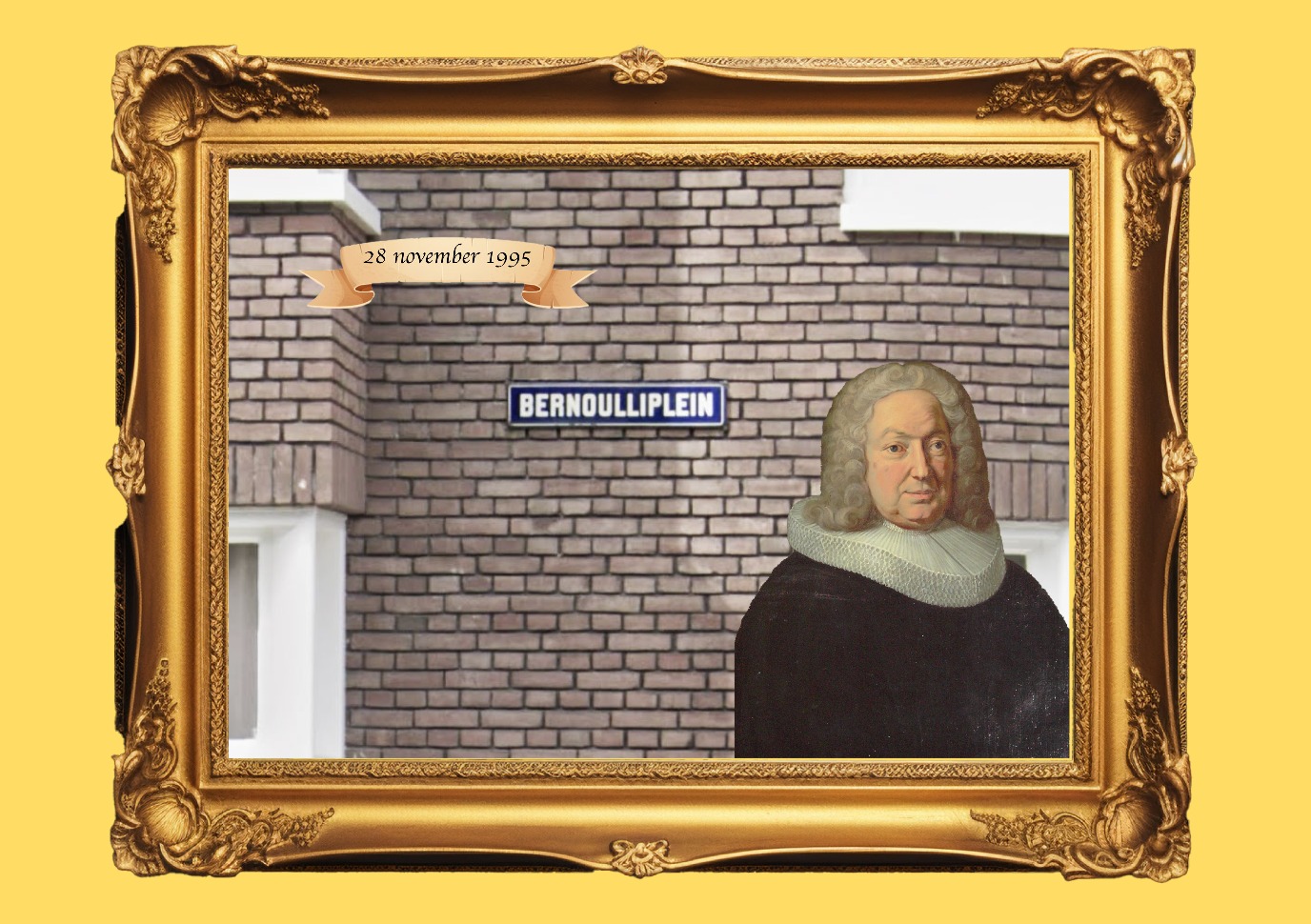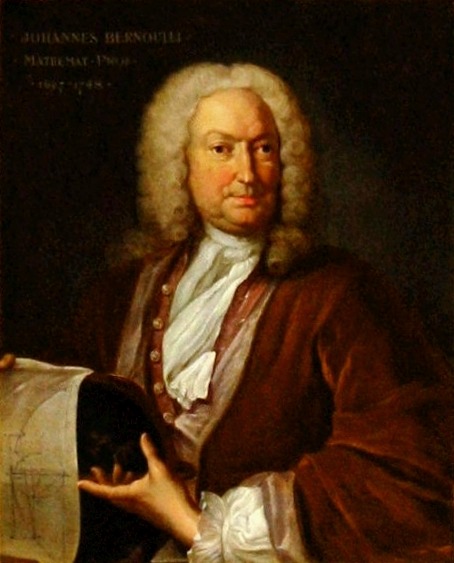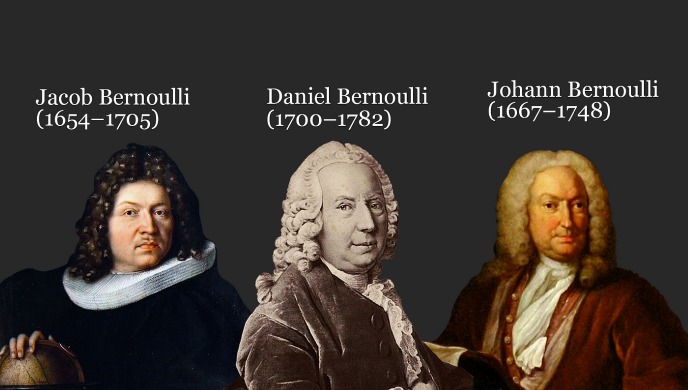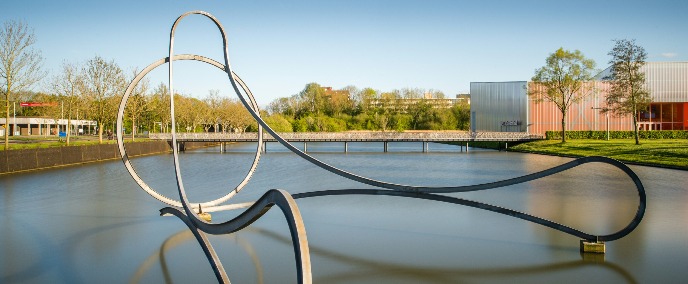Colourful Characters: Johann Bernoulli
On 9 December 2025, it will have been exactly 400 years since Ubbo Emmius, the founder of the University of Groningen, passed away. In his tracks, various people who worked and studied there through the centuries made the UG a brighter place. Some of them have been exceptionally important, due to their remarkable achievements, ideas, and activities. This series sheds a light on some of these ‘Colourful Characters’. This week: Johann Bernoulli.


28 November 1695: Johann Bernoulli enters the Broerkerk and delivers his inaugural speech
The appointment of Johann Bernoulli marked the end of a long 25-year period without a professor of mathematics in Groningen. With his appointment, the University of Groningen brought in a true titan, someone who was already a renowned mathematician before he came to Groningen. On November 28, 1695, he was led into the Academy church to the sound of trumpets and music.
Not spice trade but mathematics
Johann Bernoulli was born in 1667 in the Swiss city of Basel to a family that had fled Antwerp during the Eighty Years’ War. His father intended for him to join the spice trade, but Johann was drawn to science much more. He began studying medicine in Basel, but it became clear that his true passion was mathematics. His brother Jakob, who was thirteen years older, was a Professor of Mathematics in Basel at the time, and he taught his younger brother the discipline.

Bernoulli and Leibniz
The Bernoulli brothers, along with the ‘great two’ Newton and Leibniz, were among the leading pioneers in mathematics. In 1684, Leibniz laid the foundations for the new mathematics: differential and integral calculus. This was a major shift, which enabled mathematicians and physicists to make calculations for processes that change in infinitely small steps. It was a major advance both for mechanics and mathematics. In Basel, Jakob and Johann Bernoulli managed to further test Leibniz’s ideas.
Nothing tops Groningen
Because Jakob was already a Professor of Mathematics in Basel, Johann had to find a way to advance his mathematical pursuits elsewhere. Johannes Braun, Rector Magnificus in Groningen, knew Johann Bernoulli and was greatly impressed by him. He wrote Bernoulli a compelling letter with the message that nothing tops Groningen. It included the following passage: 'Food is not as expensive here as in other places in the United Provinces, and perhaps not even more expensive than in Switzerland itself. You will meet all kinds of people there and find colleagues with whom you can live happily and peacefully.’ Bernoulli accepted Braun’s offer and became a Professor of Mathematics in Groningen, with a salary of 1250 guilders. Bernoulli’s wife, Dorothea Falkner, was not enthusiastic (‘habe meine fraw nicht ohne mühe darzo persuadiert’ – ‘It took some effort to persuade my wife’), but she went along with it. In October 1695, Bernoulli arrived with his wife, child, and maid in Groningen, and temporarily moved in with the previously mentioned Rector Magnificus Braun, his first and closest friend in the city.

Brachistochrone curve
During his professorship in Groningen, Bernoulli found the solution to the brachistochrone problem: what is the shape of the fastest curve if the start and end points are fixed? Using differential and integral calculus, Bernoulli arrived at the solution, which is the cycloid. It is a curved line generated by the movement of a fixed point on a wheel rolling over a straight line. He published the solution together with his brother Jakob and the English mathematician and physicist Isaac Newton. It was uncommon for the work of a Groningen professor to find so much international recognition. He was appointed as a member of the Royal Society in London and the Academy of Sciences in Berlin, among others.
The knowledge level of Groningen students
Johann Bernoulli was active in Groningen for almost ten years. In 1700, his son Daniel was born on Oude Boteringestraat. He was rather disappointed with the knowledge level of his students in Groningen. He had anticipated a higher level of mathematic knowledge in the Republic: ‘The more progress the students are likely to make, the less I will achieve myself.’
Conflict with theologist Hulsius
The University found in him an outstanding lecturer and researcher who often worked innovatively. For example, he conducted physical experiments in the Broerkerk using instruments he bought in Leiden. According to the student handbook, Bernoulli ‘will begin a physics class in which he will demonstrate everything with mathematical precision and then confirm it experimentally.’ The physics experiments in the church touched a sore spot for his colleague, Professor Hulsius, an orthodox theologist. He was also offended by Bernoulli’s remark that ‘you do not have the same body now as a year ago,’ which Hulsius considered to be contrary to the teaching of the Resurrection and therefore a kind of heresy. Bernoulli argued his case to the Board of the University. However, tensions did not ease. It turned out that he could not ‘live happily and peacefully’ with all his colleagues…
Return home
Still, the conflict with Hulsius was not the reason why Bernoulli left Groningen. His in-laws put pressure on him to return, partly because Johann’s wife could still did not feel at home in Groningen. For that reason, he intended to take up the Greek chair in Basel. However, when his brother Jakob died in 1705, he took over his position as Professor of Mathematics.

Bernoulli in the city of Groningen in 2025
The Korrewegwijk neighbourhood houses the Bernoulliplein (Bernoulli Square). It is actually named after Johann’s son Daniel, who spent the first five years of his life in Groningen and also became a renowned mathematician and physicist.
The Bernoulliborg is a teaching building of the Faculty of Science and Engineering at the University of Groningen Zernike Campus.
Johann Bernoulli
-
1667: Born on 6 August in Basel, Switzerland
-
1695: On 28 November, Bernoulli delivered his inaugural speech in Groningen
-
1696: Solved the brachistochrone problem
-
1700: On 29 January, his son Daniel was born
-
1705: Professor of Mathematics in Basel
-
1748: Died on 1 January in Basel
More news
-
15 September 2025
Successful visit to the UG by Rector of Institut Teknologi Bandung
